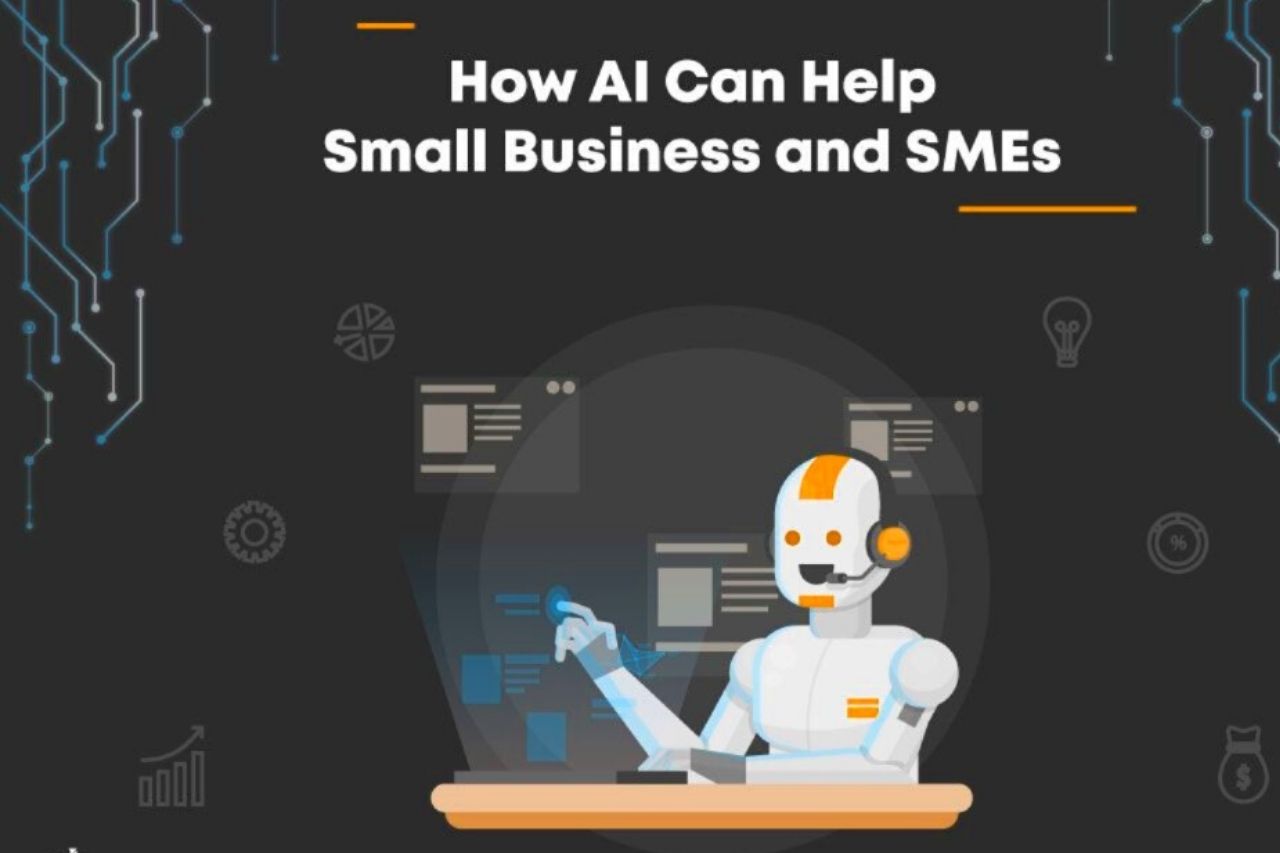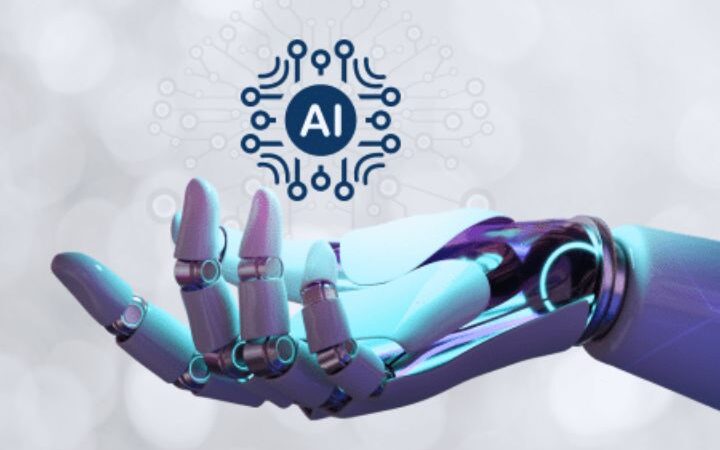This Is How Artificial Intelligence Can Help Small Businesses

Siri, Apple’s voice assistant, or Netflix movie and series recommendations, adapted to each user, are two good examples of how Artificial Intelligence (AI) is already present in our day to day. Two everyday examples of how this technology can make our lives easier and that are just the tip of the iceberg of how AI is going to completely transform the way people work in all areas of a business.
Emilio Iturmendi, director of SMEs at Microsoft says: “AI is transforming the way in which companies interact with their customers, manage the talent of their employees, enhance their tasks and grow new advanced items and administrations.
In fact, there are numerous studies that show that companies that are betting more decisively on AI are leading their sector of activity and taking advantage of a window of opportunity ahead of their competitors. We are convinced that each company, each process, each product and each employee’s way of working will be redefined in the coming years through the use of Artificial Intelligence. ”
But what exactly do we talk about when we talk about Artificial Intelligence? What utility does it have in business? And, above all, does it make sense to apply AI to small or medium businesses?
Table of Contents
This Is What We Talk About When We Talk About AI
“AI is a mixture of advanced analytics and automation that allows replacing or complementing human decisions anticipating the future and using a series of algorithms. In some cases, if they are neural networks, they try to resemble the information processing done by the human brain, but in other cases it is not necessarily so. It is capable of making decisions with a high degree of success. With success rates of 96% when a human being hits 60%.
Intelligence that can replace and improve people’s decisions. “AI is any program that gets a computer to do something that a human did previously. And it can be applied to any process or department in any company. You can say, we will apply AI to the Human Resources area, we will apply AI to the commercial area to any area. And within that you can apply it to any area, in Human Resources you can use it for the selection processes of the candidates, for training. Their possibilities are practically endless, ”says Macarena Estévez , consulting partner at Deloitte.
SME’s Intelligence
Although it is the big companies that are betting more on this technology, in a few years it will be present in companies of all sizes. In fact, they are already used by small businesses such as shops or restaurants. A voice assistant that serves customers is AI. As are the software’s that help to know customers better to offer them personalized offers.
“When deciding if it is worth applying to our business, rather than looking at the volume of customers we have, we must think if we have things that are constantly repeated. In that case, it makes perfect sense. We have done very small things for call centers . For example, support for ten agents. The question is what is the potential impact of automating our processes. If 40% of the calls I receive are always about the same things, then there I can be saving very significant costs by automating that task. It is not so much a matter of number of customers as of how automatize and what volume of interactions we are receiving, ”says José Gómez , CEO of Sentimer.
where you have information that you can have available in real time, which means speed in decision making, at a level that a human being does not reach.”
How Do I Adapt It To My Business?
It should also be remembered that “AI has different levels. You have very simple AI, which programs a machine to do one thing and always do the same thing to you. You receive some data, you make some calculations and you give me the result. And then you have very complex AI and that is where the world is going, which is an intelligence that really resembles human intelligence and does not require much programming, but that the machine itself is able to learn by itself, ”says Macarena Estevez
When adopting it, “I would recommend that the company set a business objective. What do you want to get? Get more profitability to customers, more satisfaction, more sales, reduce stock, reduce costs … We must start with an objective and from there analyze what is the most appropriate technology. Without forgetting that all this requires data, the company must have data obtained automatically. Because in the end, all these algorithms learn based on data and that data must be stored somewhere and be accessible, ”warns Enrique Serrano.
In the market you will find tools that require a small adaptation and much more complex ones. Google, for example, “has its own technologies and alliances with third parties that touch many areas related to Machine Learning and Artificial Intelligence. From image recognition (Google Cloud Vision API), an engine to build virtual agents or chat bots (DialogFlow) or recommendation engines that allow you to use this technology quickly. Additionally, the Google Cloud business model, which is based on a payment per use, makes the access barrier to any of these technologies very low, democratizing the use of AI, whether for large companies, which have many economic and human resources, and SMEs, which are much more limited, but want to remain competitive, ”he explains Javier Martínez , head of the Google Cloud presale team in Spain and Portugal.
Microsoft also has tools adapted to SMEs, such as Microsoft Dynamics 365, which analyzes large volumes of data to predict peaks of demand and new trends to provide greater knowledge to the business or cognitive services of Microsoft Azure, which make available to any company the necessary resources to be able to create its own chatbots with which to deploy new services and interact with its employees or customers in a much more agile and effective way ”,
We talk about tools that can be hired as SaaS, “with a monthly cost of 25 euros per month if it is to automate restaurant reservations by chat that may require an adaptation to the business itself with a cost of between 4,000 and 8,000 euros, development, plus a monthly license cost per operator






